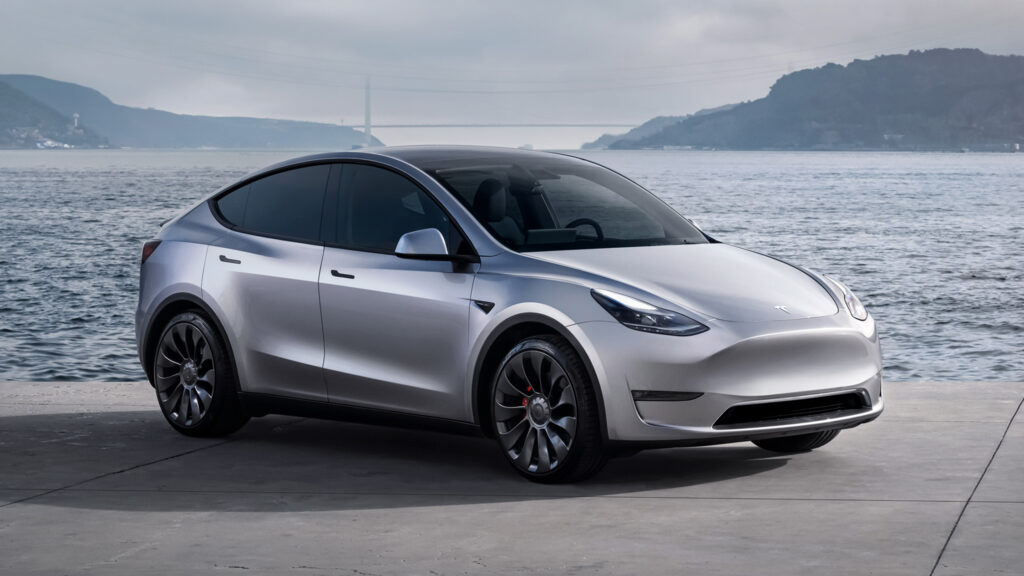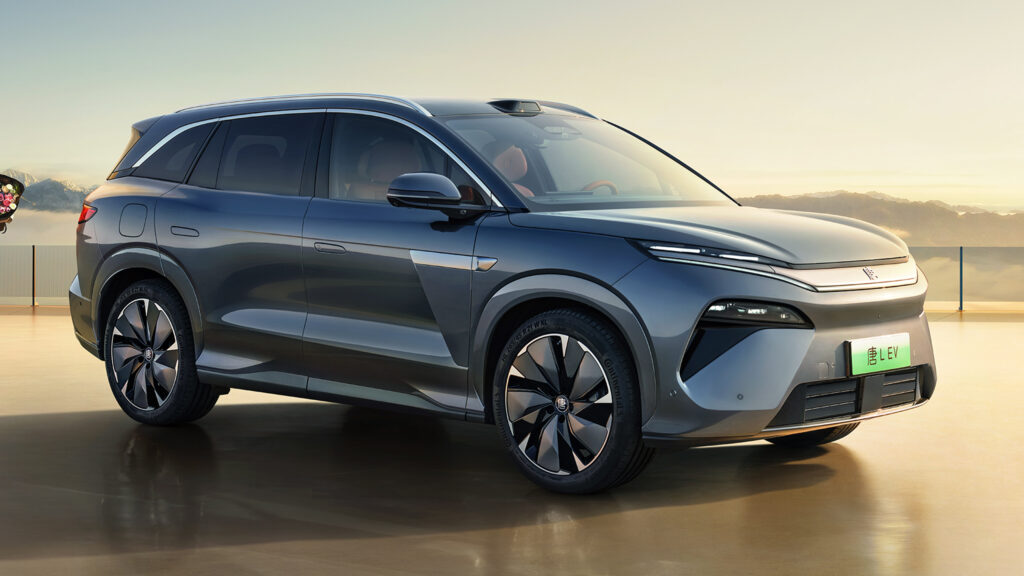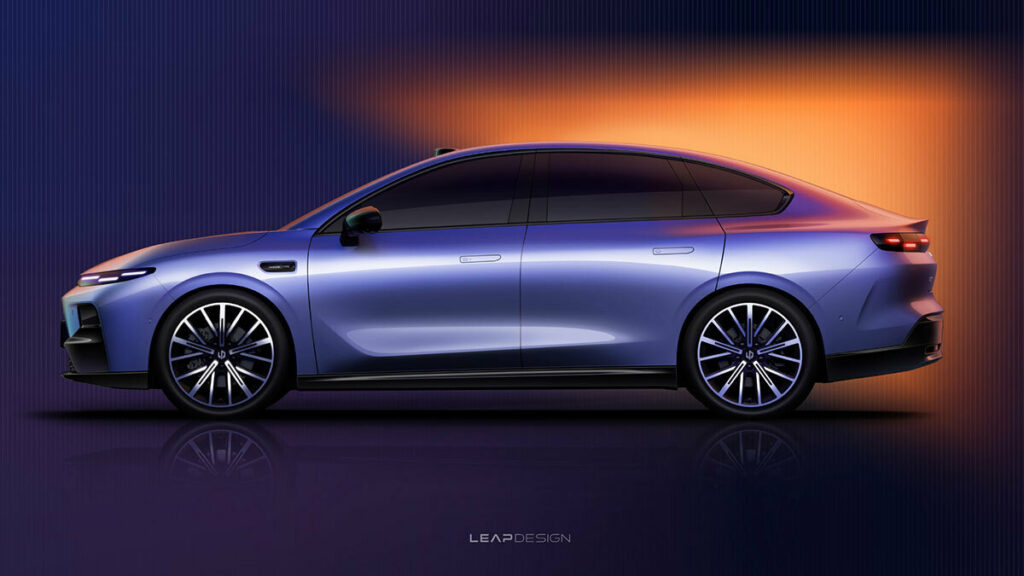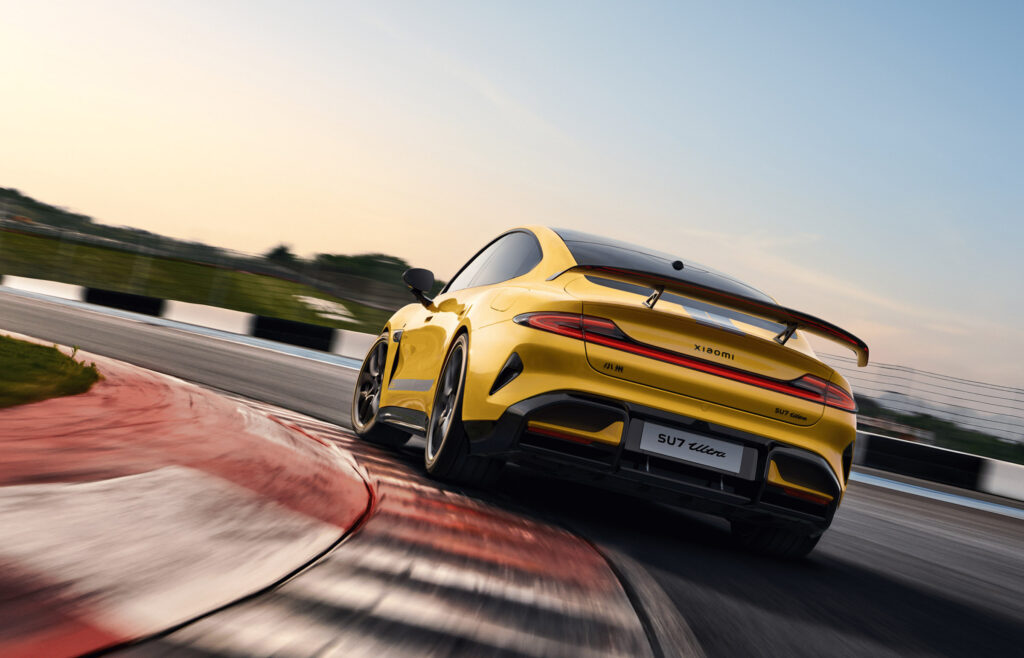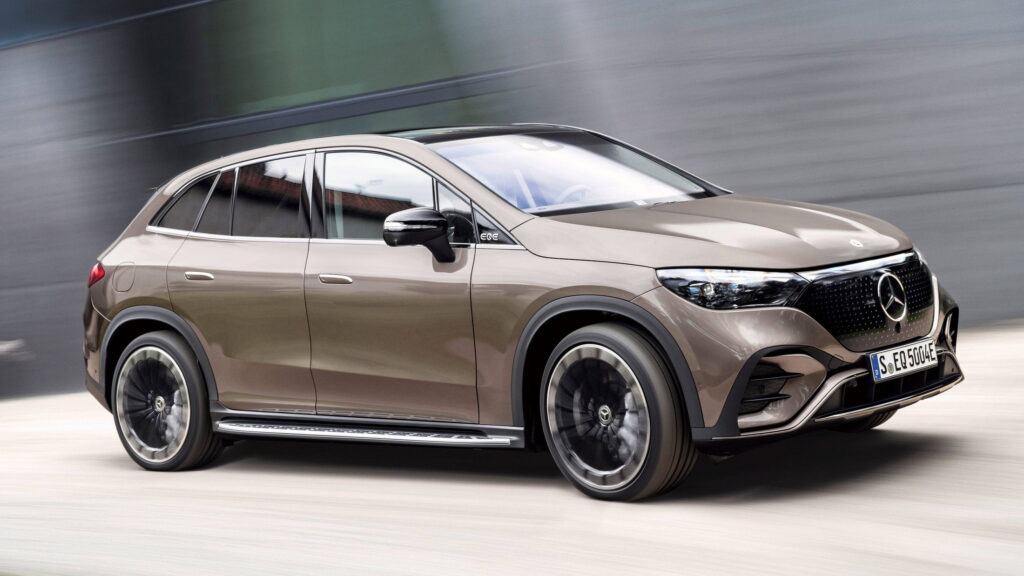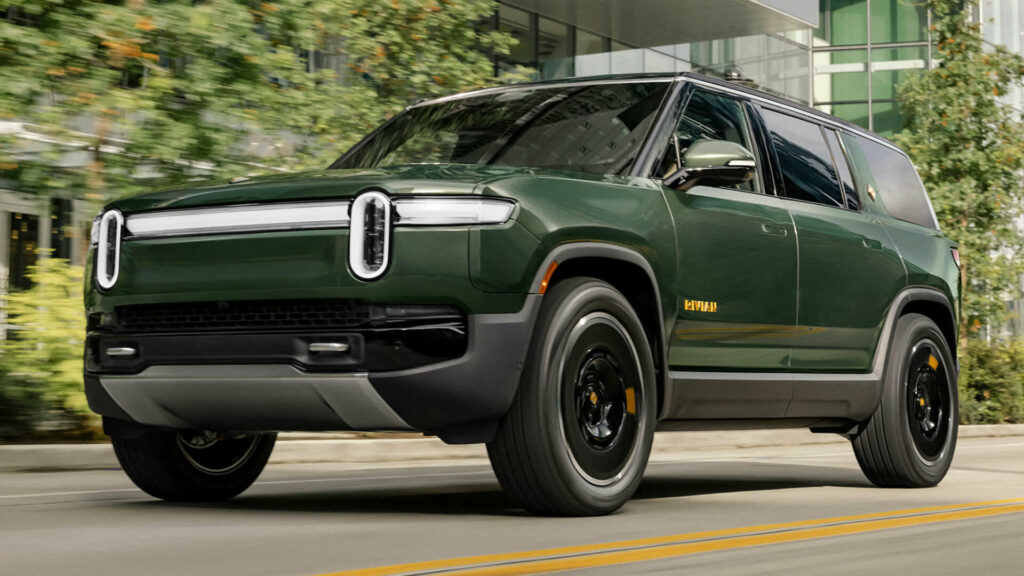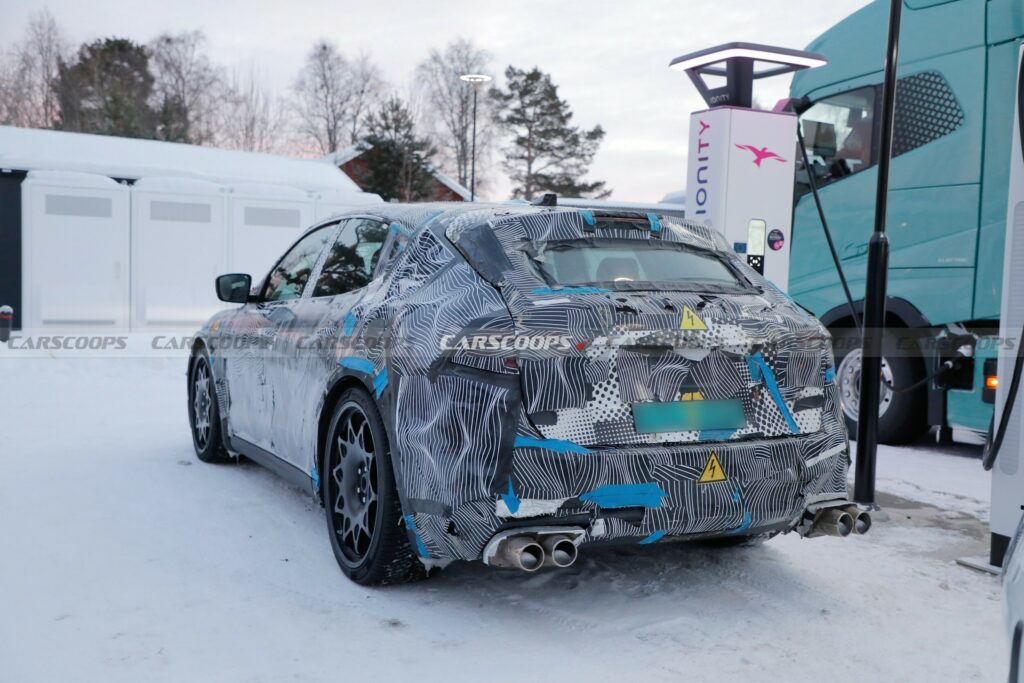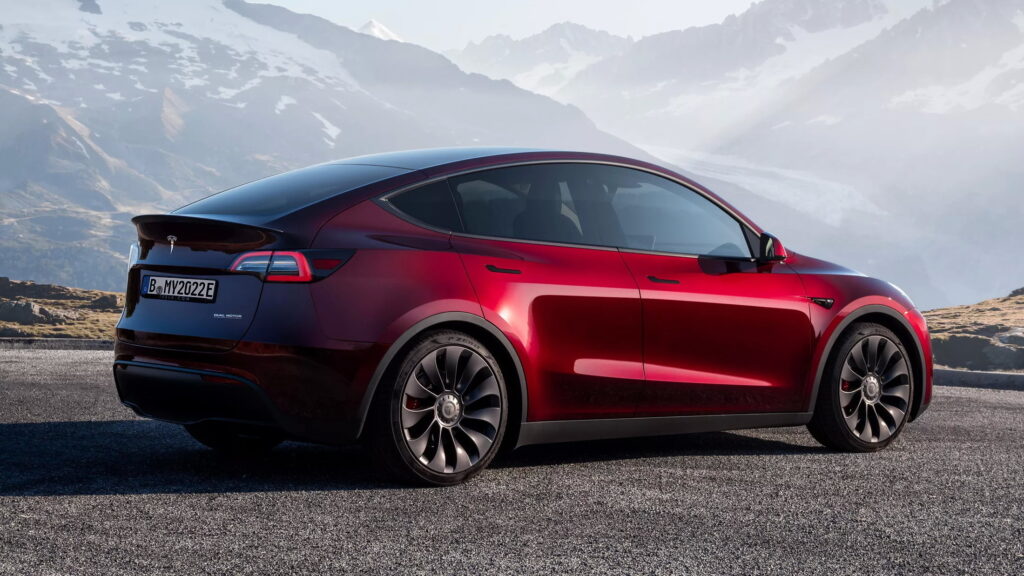Renault’s Bombastic 5 Turbo 3E Electric Hatch Priced From $177K
- Customers who want to secure an allocation need to make a €45,000 down payment.
- Underpinning the 500 hp super hatch is a lightweight carbon fiber monocoque.
- An 800-volt architecture allows the car to support charging at up to 350 kW.
How many car enthusiasts are willing to pay six figures for a slice of hot hatch nostalgia? Well, Renault is about to find out, as it’s announced the wild Renault 5 Turbo 3E will be priced from €155,000 (~$177,000) or £135,000 with deliveries scheduled to start in 2027. Production of the all-electric hyper hatch will be limited to just 1,980 examples.
Renault lifted the lid on the new R5 Turbo 3E late last year after first previewing it as a concept in 2022. It’s been conceived as a modern-day interpretation of the legendary Renault 5 Turbo and Turbo 2. It looks absolutely brilliant and packs quite a punch, too, but interested shoppers had better be quick to secure an allocation, or they may end up paying even more.
Read: Renault 5 Turbo 3E Is An Electric Hyper Hatch With Over 500 HP
According to the French brand, the factory price of €155,000 (~$177,000) or £135,000 is limited to the first 500 units. That price also comes before any options, accessories, and personalization choices. What’s more, those who want to secure an allocation must hand over an eye-watering €45,000 (~$51,000) downpayment. Oh, and by the way, that amount is non-refundable, so you’d better be sure you really, really intend to buy it.
It seems Renault needs this money to finish the car. In a press release, Renault said that funds secured from downpayments from private customers, as well as any dealers securing an allocation, will “contribute to financing the development of Renault 5 Turbo 3E.”
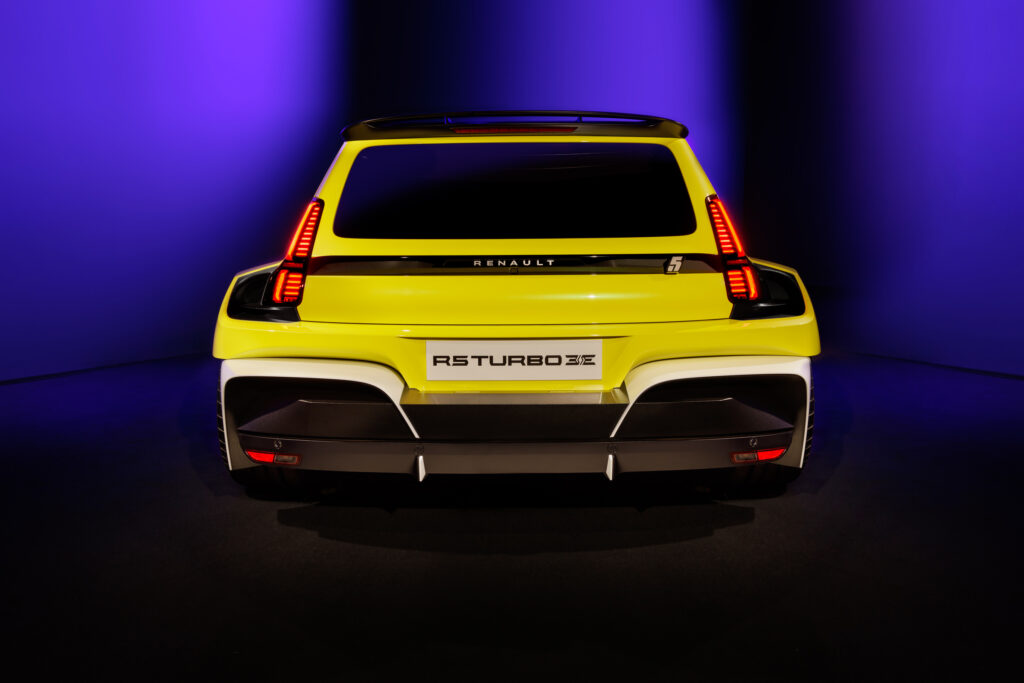
From early 2026, shoppers will be contacted by their selected dealer and can then customize their car. They’ll also be given a chance to meet with Renault designers to create a bespoke exterior and interior livery, should they wish.
Underpinning the 5 Turbo 3E is a bespoke carbon fiber monocoque chassis with two in-wheel electric motors at the rear. It delivers 540 hp and can hit 100 km/h (62 mph) in just 3.5 seconds. Providing the motors with juice is a 70 kWh battery pack. The electric uber-hatch an 800-volt architecture, allowing it to be charged from 15 to 80% in just 15 minutes. It sports a quoted range of over 250 miles (400 km).
The limited-run Renault doesn’t have any direct rivals, but the car that comes closest to it is perhaps the Hyundai Ioniq 5 N. While production of that isn’t limited, nor does it use a carbon fiber chassis, it does have more power and costs half as much. What it lacks is the history of the 5 Turbo and for people out there who value such things, it’s a very important piece that Hyundai’s EV simply doesn’t have.



